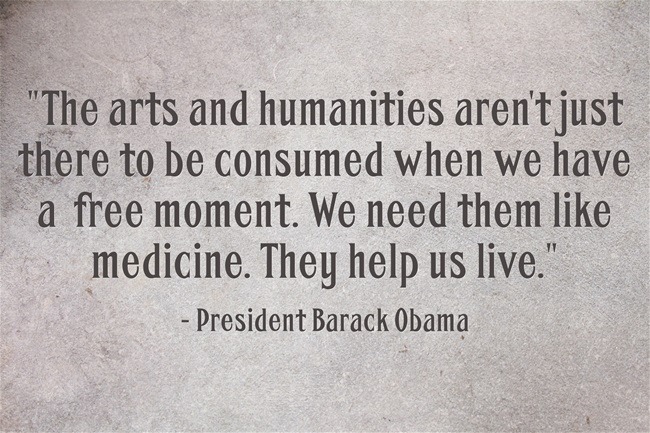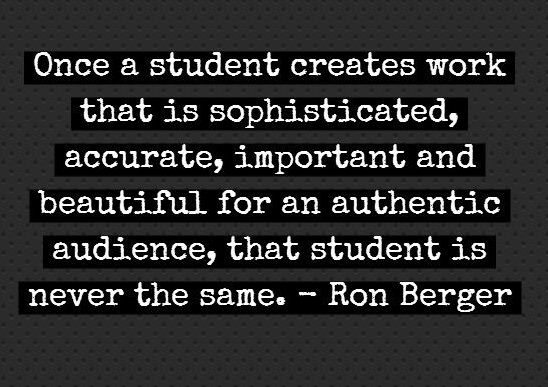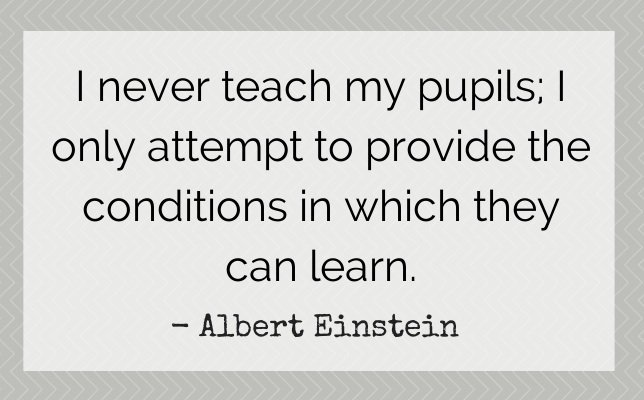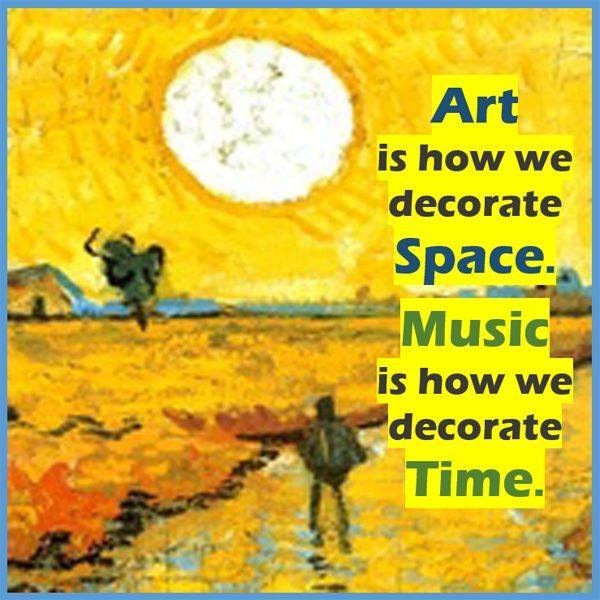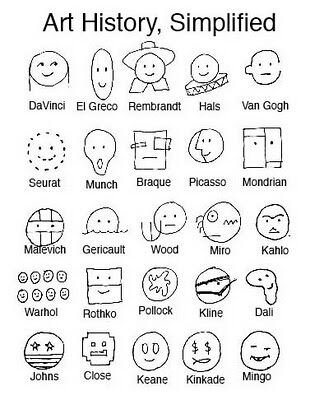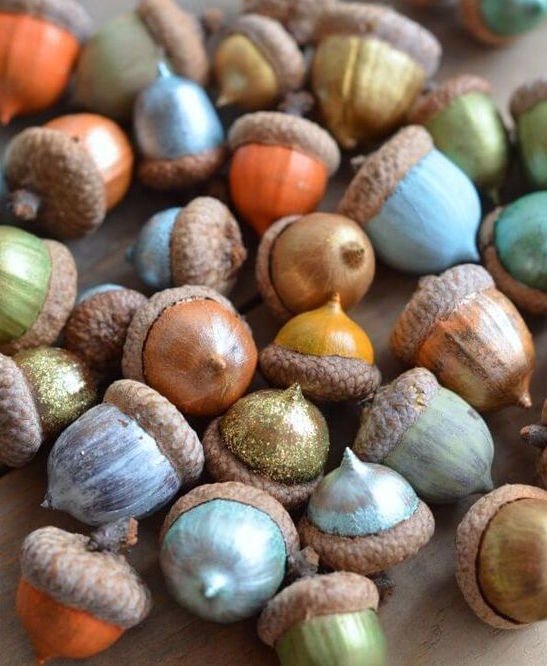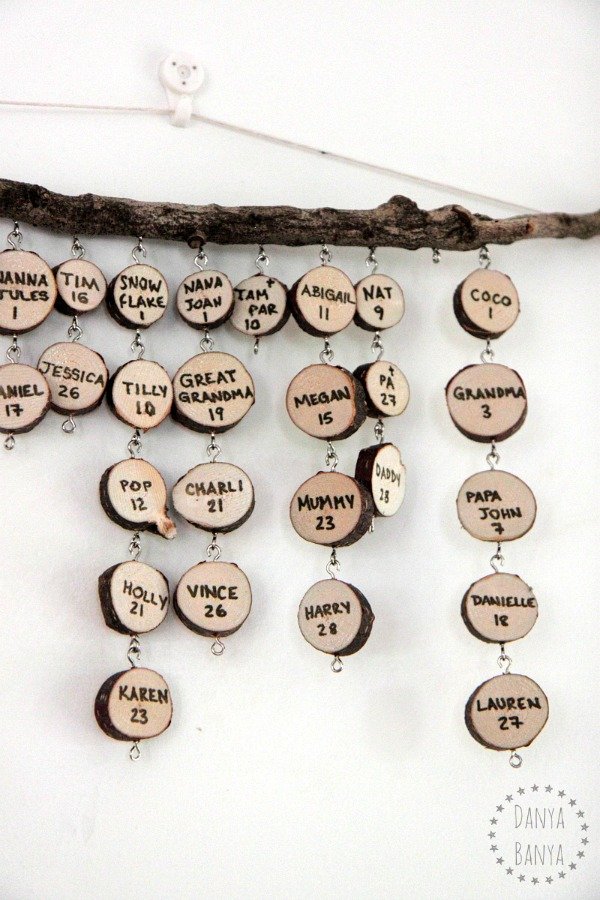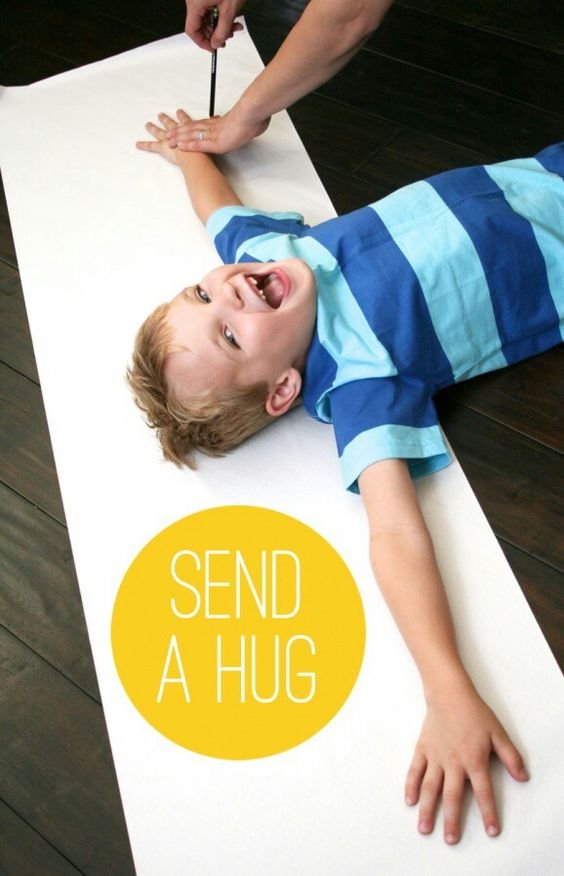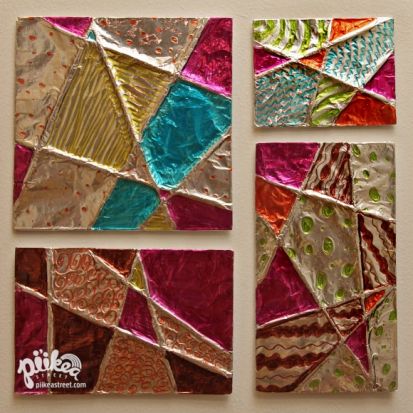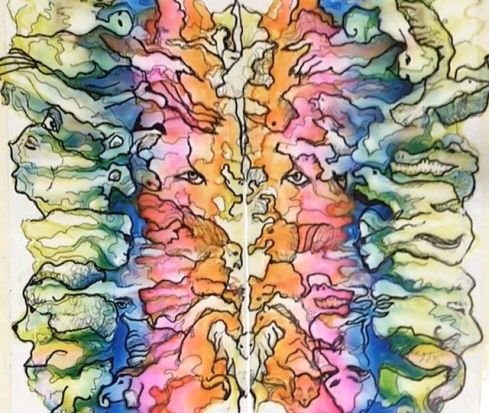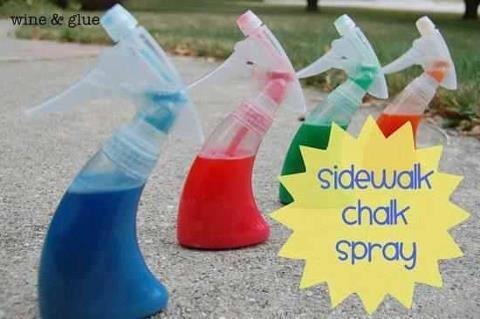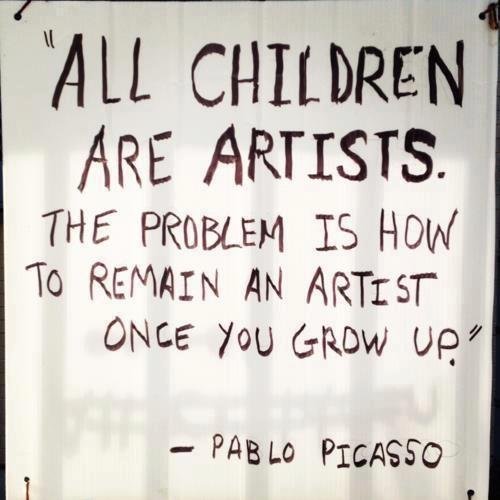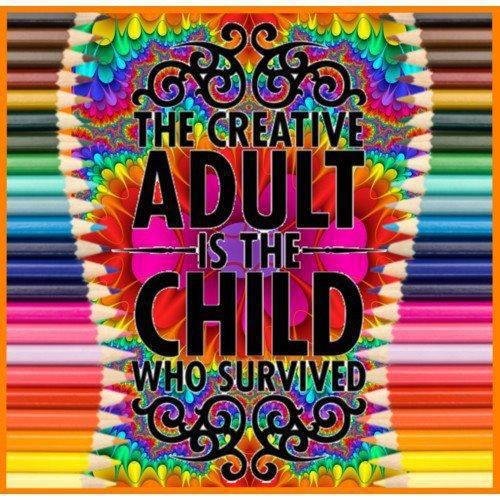
“We must never forget that art is not a form of propaganda; it is a form of truth.” John F. Kennedy, October 26, 1963
“If we were to bring creativity down to earth, it would not have to be reserved for exceptional individuals or identified with brilliance. In ordinary life creativity means making something for the soul out of every experience.” ~Thomas Moore
“Creativity is intelligence having fun.” – Albert Einstein
Click links below for recipes and crafts:
Modern Tin Art – This seemingly complex tin art is made from easily found supplies. Cardboard from a cereal box, aluminum foil, permanent pens, paper, and string are used to create these incredible (and professional-looking) pieces. It’s a way to let students play with shape, color, and patterns, leaving them with something their parents can proudly display on the wall.
Surrealist Glue Art – Decalcomania was a process used by the Surrealists, but it’s one that’s easily explored in the classroom. Elmer’s Glue mixed with liquid watercolor makes the paint, which is dripped onto a clear piece of Dura-lar film. The film is then folded in half and pressed together, allowing the colors to spread and mesh. Opened up and pressed against a canvas or piece of paper, what remains is a whimsical and colorful image. Permanent markers are then used to define patterns and shapes within that image. The resulting artwork is imaginative and otherworldly.
Chihuly-Inspired ‘Glass’ Sculptures – Dale Chihuly is an inspiration for many young artists. His fanciful heat-formed glass sculptures are often re-created in classrooms using all sorts of interpretive, kid-friendly supplies like colorful construction paper and painted plastic bottles. But this video from Blick Art Supplies features clear polyester film, made malleable with a hot-water soak. Once the proper shape is achieved, the sculptured pieces are brought to life with porcelain paint. The results are spot-on and stunning.
Milk Art – All you need to make milk art is a shallow plate, milk (2% or higher), food coloring, and dish soap. Pour milk onto the plate, as much as it takes to fill it without spilling over, and add as many different shades of food coloring as you’d like. Finally, add a small drop of dish soap and watch the colored food dye “come to life,” moving and morphing all around the plate into some spectacular formations. It works because dish soap breaks up the fat molecules in the milk, causing them to move, taking the colored food dye with them. It’s part art, part science, and a lot of fun.
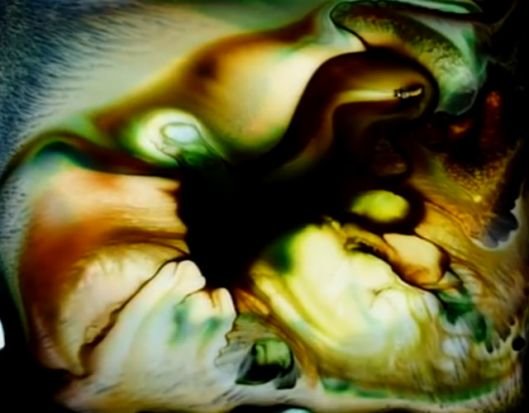
Acrylic Skins – Acrylic skins are dried sheets of acrylic paint. Once peeled away from the paper, the skins can be used in a multitude of projects. They can be decorated and fashioned into art journal covers, or become colorful canvases for paintings and drawings. Cut up, acrylic skins can also be turned into mosaics and ornamental jewelry.
Glitter wall – Mix a gallon of glue with glitter and paint with it. The glue will dry clear! Glitter wall!!
SIDEWALK CHALK SPRAY
Put in a tablespoon of flour, 10 drops of food coloring, and about a half cup of
warm water in a spray bottle. Shake it up in the bottle and HAVE FUN.
Picking Red Berries – My grandson, who will soon become two years old, discovered a wild crabapple tree in their front yard. It became one of his favorite places to go. He would stand beneath the little tree and reach up high to pick the beautiful little red berries and examine them. Then it became a task for him to pick as many as he could reach!
This was an incredible exercise for him. It took some hand eye coordination and soon he realized that they were mostly picked and there were no more. This was also an exercise of the seasons for him! I can’t wait till spring when he notices pretty little flowers have replaced the berries. It is amazing what children can become absorbed in doing. Here’s a way to save the memory of so much fun!
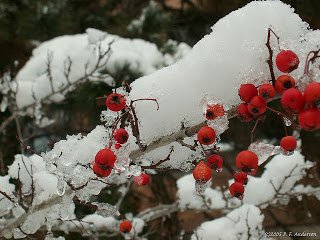
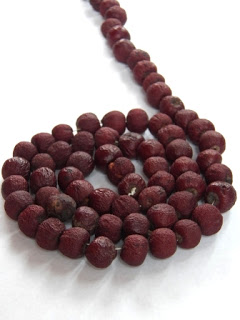
Red Berry Garland – Empty berries onto a cotton towel and pat the fruit dry. String the crabapple berries and then drape the garland over a windowsill to dry.


